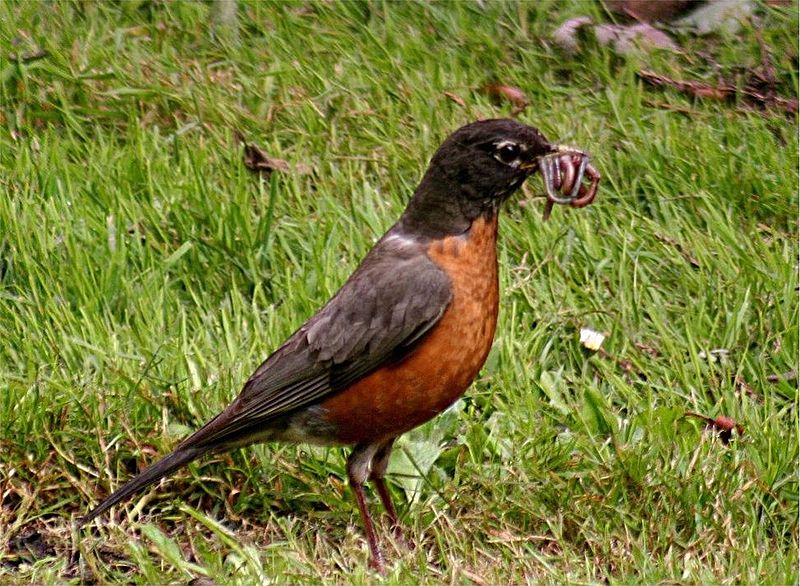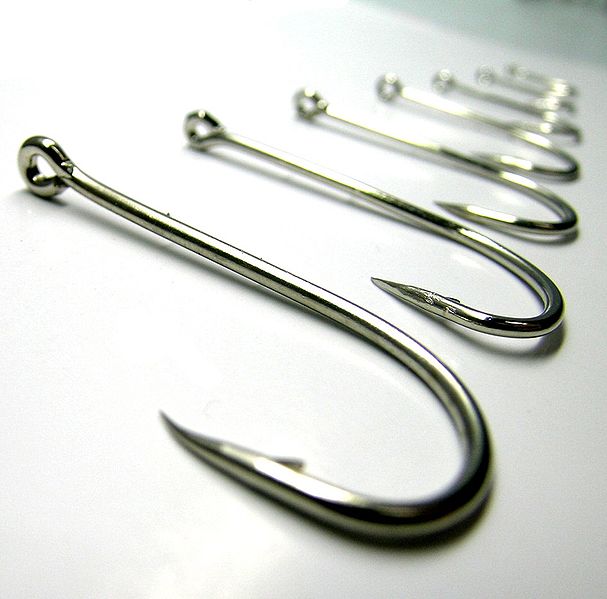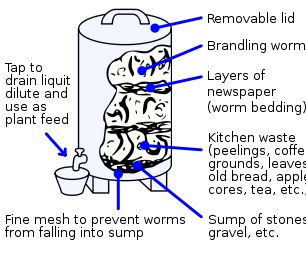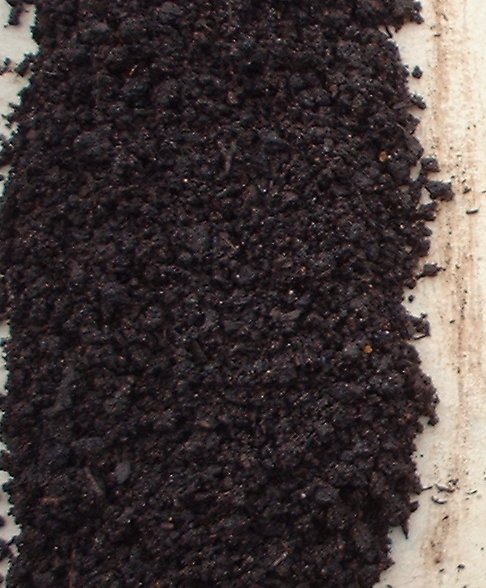Can't we all just get along?
 When learning about different species, it is important to see
how that species fits in and adds to the overall biodiversity of
the earth. Another important observation to make is how
this conglomeration of species interact with one another.
Eisenia fetida is not only part of the food chain, but
has organisms within its body and is even exploited by other
organisms, chiefly humans, because of its characteristics.
When learning about different species, it is important to see
how that species fits in and adds to the overall biodiversity of
the earth. Another important observation to make is how
this conglomeration of species interact with one another.
Eisenia fetida is not only part of the food chain, but
has organisms within its body and is even exploited by other
organisms, chiefly humans, because of its characteristics.
Eisenia fetida can be a protein-rich source nutrients for birds like:
| Passenger Pigeons | |
| Robins |
It also is a popular species among anglers due to its adaptability to varying climates and environmental conditions as well as its tendency to fiercely wiggle after being placed on a hook. Want to see some of the fish you might be able to pull out of the lake using Eisenia fetida?
Check out some of these sites to see them:
| Freshwater Drum |
 |
|
| Lake Sturgeon | ||
| Blue Gill | ||
| Largemouth Bass | ||
| Smallmouth Bass | ||
| Black Crappie |
The gut of this species of earthworm contains an array of other organisms. They are located in a special part of the intestine called the caeca. These other organisms play a critical role in the breakdown of food within the earthworm so that it can adequately absorb the essential nutrients.
Amazingly, Eisenia fetida is so dependent on protozoa that it was incapable of growing when placed in a soil that contained both fungi and bacteria but lacked protozoa. Later on in this experiment conducted be H.B. Miles in 1963 protozoa were added and the worms were able to exhibit normal growth. This interaction between these protists and the earthworm can be described as obligate mutualism. "Obligate," because the earthworms absolutely need the protists for their survival, and "mutualism" because both parties benefit from the interaction. The earthworms provide a conducive environment for the protozoa in their guts while the protozoa are essential in the chemical breakdown of nutrients that the earthworms need.
Vermicomposting
 Vermicomposting is the reason for this worm's fame. It is
similar to conventional composting in which organic waste is broken
down into fertilizer with a small twist - the use of worms to
facilitate the process. It is the recycling of products that
otherwise end up in landfills. Since worms naturally are
detrivorous, feed on decaying material, this is a perfect role for
them.
Vermicomposting is the reason for this worm's fame. It is
similar to conventional composting in which organic waste is broken
down into fertilizer with a small twist - the use of worms to
facilitate the process. It is the recycling of products that
otherwise end up in landfills. Since worms naturally are
detrivorous, feed on decaying material, this is a perfect role for
them.
A vermicomposting container is usually filled with some sort of bedding material like leaves, shredded paper, or cut up cardboard. Then the worms are added along with a small amount of soil. After that, organic waste such as leftovers, apple cores, and banana peels can periodically be added for the worms to consume and break down. The worms absorb nutrients that they need to survive, but a majority of the organic waste is passed from their bodies in fecal matter called castings. These castings can then be harvested to use as an excellent fertilizer.
This practice has really gained acceptance recently in the United States as society has become more focused on going green. The process reduces waste in a simple, inexpensive, and eco-friendly way. It is relatively simple to create a home use worm bin for one's personal use. Many websites explain the process but there are also some neat You Tube videos that explain the same information.
This has become so popular that businesses and even city governments have promoted it! Check out some of these below
| Wells Fargo Bank, N.A. |
|
|
| Markham, Ontario | ||
| Carlsbad, CA | ||
So why is this important?
According to the U.S. Environmental Protection Agency, 24% the U.S. waste system is made up by yard trimmings and food waste. Over half of the yard trimmings are collected for composting, but less than 3% of the food waste is composted!
